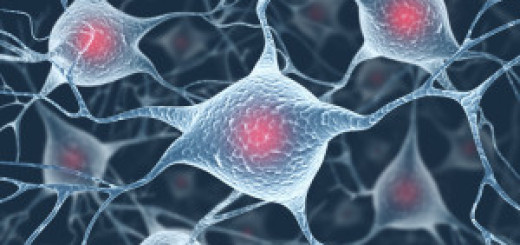Part 3: News/notes from Alzheimer’s Association Researchers’ Symposium at Stanford
The last group of presenters at the Alzheimer’s Association Researchers’ Symposium focused on research about imaging and biomarkers.
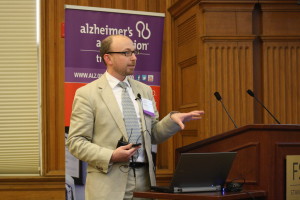
Geoffery Kerchner presents "Ultra-high resolution 7-tesla MRI: A new tool for studying Alzheimer's disease"
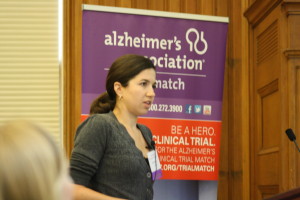
Beth Mormino, UC Berkeley presents "Beta-amyloid deposition in aging is associated with beneficial increases in brain activation during successful memory encoding"
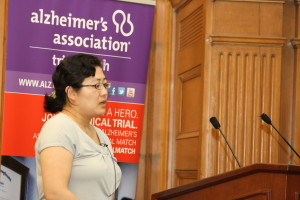
Jing He, UC Davis presents "Influence of functional connectivity, brain atrophy and white matter lesions on episodic memory performance among cognitively normal elders"
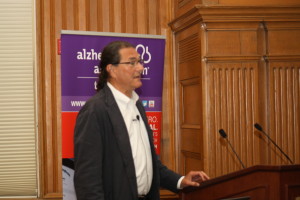
Mike Weiner, UCSF presents "Using imaging and biomarkers for diagnosis, prediction of future course, and monitoring treament effects for Alzheimer's disease: Lessons from the Alzheimer's disease neuroimaging initiative"
As another great Alzheimer’s Association Researchers’ Symposium comes to a close, a last congratulations is due to all of our outstanding research award winners! There were three awards given for poster presentations. And recipients of the Alzheimer’s Association Awards for Excellence in Alzheimer’s Research are given to young scientists pursuing bachelor, graduate or post-doc degrees:
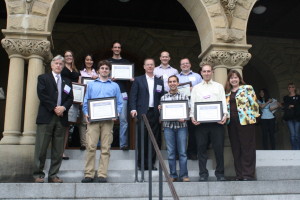
Recipients for Alzheimer's Association awards for poster presentations and Excellence in Alzheimer's Research
Samuel Lockhart, UC Davis “Age-related differences in functional connectivity and structural brain measures”
Kurt Lucin, Stanford University “Reduced beclin 1 in microglia impairs phagocytosis and amyloid-beta clearance”
Hwamee Oh, UC Berkeley “6-amyloid affects frontal and posterior brain networks in normal aging”
Nathan Woodling, Stanford “Prostaglandin EP4 receptor signaling in microglia reduced inflammation and amyloid burden in a mouse model of Alzheimer’s disease”
Daniel Swilling, Gladstone Institutes “Kynurenine 3-monooxygenaselinhibition in blood ameliorates neurodegeneration”
Poster session award winners:
First Place: Gregor Bieri, Kurt Lucin and Tony Wyss-Coray, Stanford University “Beclin 1 cleavage exacerbates neurodegeneration”
Second Place: Joel Watts, Kurt Giles, Abby Oehler, Stephen DeArmond, Stanley B. Prusiner, UCSF “Bioluminescence imaging of spontaneous and induced a-beta deposition in transgenic mice”
Third Place: Nathan Woodling, Ju Shi, Prachi Priyam, Qian Wang, Katrin Andreasson, Stanford “Protaglandin E2 e-prostanoid 4 receptor signaling in microglia reduces inflammation and amyloid burden in a mouse model of Alzheimer’s disease”





